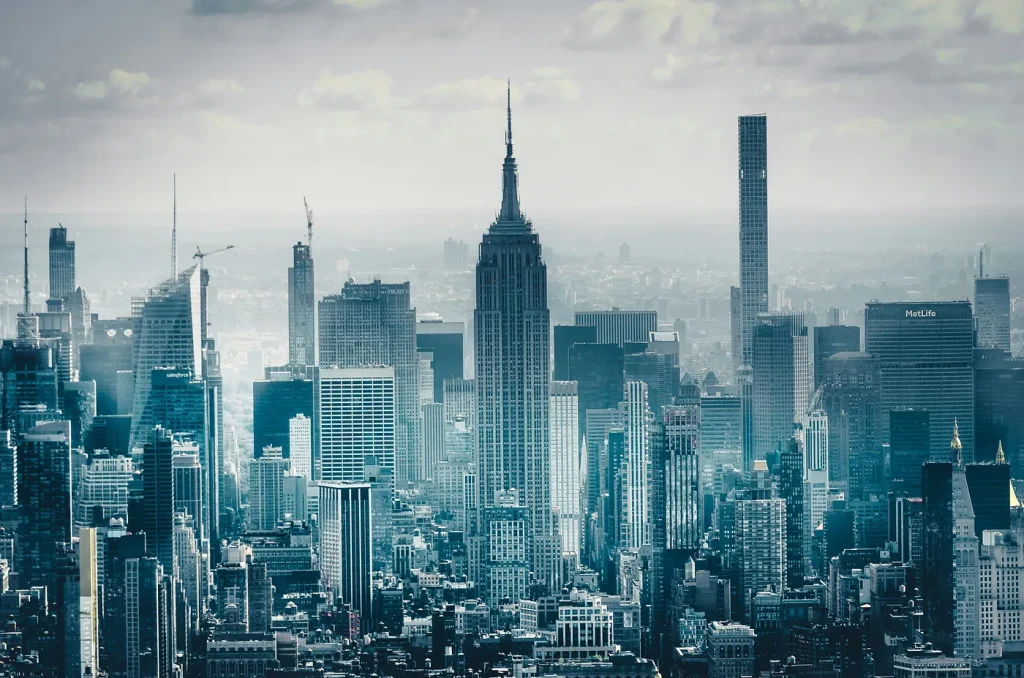
Ever noticed how stepping into a city on a summer day feels way hotter than the suburbs or countryside? Walk between tall skyscrapers, and it’s like entering a giant oven. That’s not your imagination — it’s science. Cities really are hotter, and skyscrapers play a big role in this phenomenon called the urban heat island effect.
Let’s break down why those glass-and-steel giants turn cities into toasters.
Concrete and Asphalt Trap Heat
Nature is great at keeping cool — soil, grass, and trees absorb sunlight and release water vapor, which cools the air. Cities? Not so much.
- Skyscrapers are made of glass, steel, and concrete, which soak up heat all day.
- Asphalt streets absorb sunlight and release it slowly at night.
- Together, they turn downtowns into giant heat batteries.
That’s why nights in cities stay warm while the countryside cools off.
The “Canyon Effect”
Ever walked down a street surrounded by tall buildings and felt like the heat was bouncing back at you? That’s the urban canyon effect.
- Skyscrapers reflect sunlight onto each other, amplifying heat at street level.
- Narrow streets trap hot air between walls.
- Wind flow gets disrupted, so breezes that might cool you down can’t get in.
It’s like being stuck in a convection oven made of glass and concrete.
Skyscraper Windows = Solar Magnifiers
All that shiny glass isn’t just pretty — it acts like a mirror. Sunlight reflects off windows and concentrates onto sidewalks and nearby buildings.
- In some cases, these reflections have been strong enough to melt plastic and fry eggs (looking at you, London’s “Walkie Talkie” skyscraper).
So yes, skyscrapers can literally weaponize sunlight.
More People = More Heat
Where skyscrapers go, people follow. And people bring cars, buses, air conditioners, and electronics — all pumping out heat.
- Air conditioners cool interiors but release hot air outside.
- Traffic congestion adds exhaust heat to already warm streets.
- More bodies = more heat radiating into the environment.
Cities basically become giant campfires fueled by human activity.
The Lack of Green Spaces
Trees and parks act like natural air conditioners by shading and releasing moisture. In skyscraper-heavy downtowns, green cover is minimal, which means less cooling and more absorbed heat.
This absence of greenery is a key reason why city centers are often 5–7°F (3–4°C) hotter than surrounding suburbs.
Skyscrapers make cities hotter by trapping and reflecting heat, disrupting airflow, and replacing cooling green spaces with concrete. It’s the urban heat island effect — a problem made worse by climate change and rising global temperatures.
The good news? Architects and city planners are fighting back with solutions like green rooftops, reflective materials, vertical gardens, and shaded public spaces.
Until then, though, city summers will keep feeling like you’re living inside a giant toaster.
